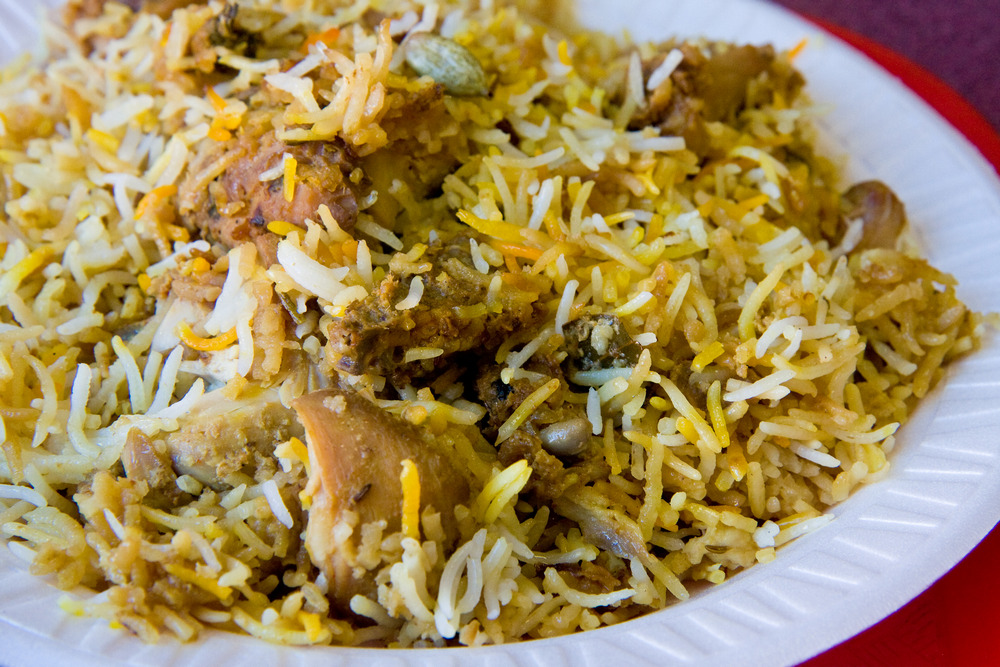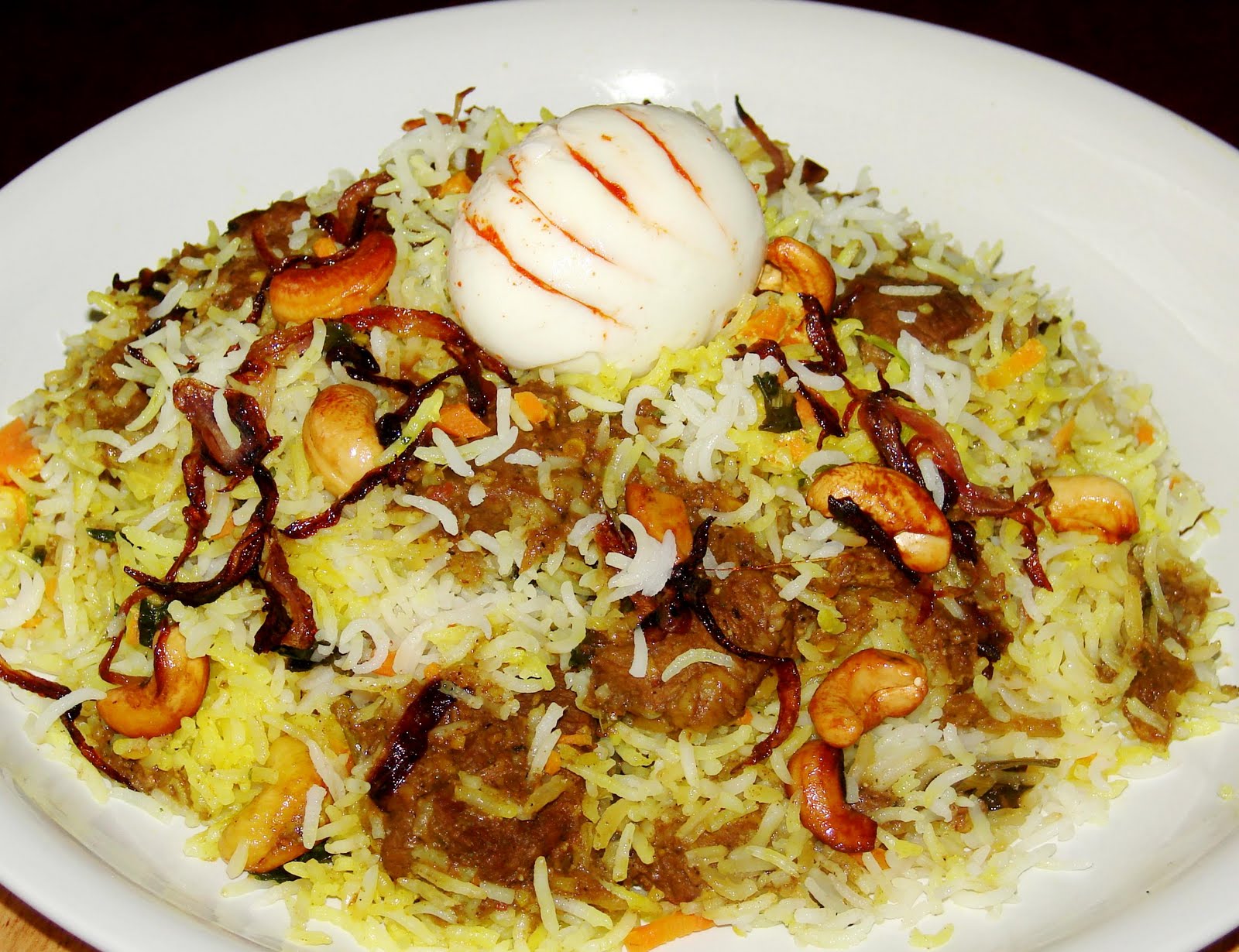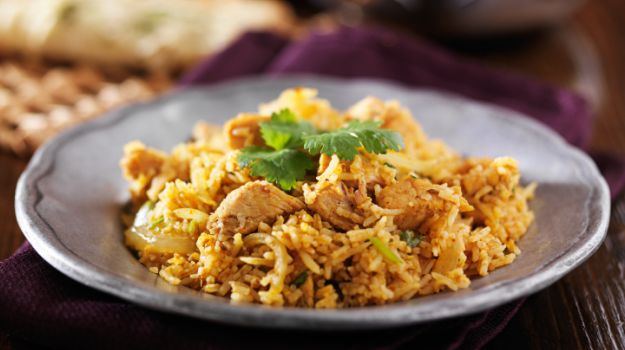The History of Biryani
Biryani, just mentioning the word is enough to arouse and excite the gastronomic juices of a million plates. Biryani is indeed food beyond borders, it transcends man-made frontiers and is a tantalizing temptress who has everyone enthralled.
The history of Biryani is as fascinating as its taste and aroma. In fact, Biryani is a dish that wraps the very essence of its rich and long history within its layers of pleasure.
The origin of Biriyani
There is no doubt that Biryani has its roots firmly entrenched in the Muslim cuisine in India. However, there are various theories and myths of the actual origin of Biryani. In the North of India, Biryani is presumed to have developed as part of the Mughlai and Awadhi cuisines with its roots in Delhi and Lucknow respectively. If you turn the searchlight southwards, then Hyderabad, Kerala, and Karnataka with the presence of Muslim communities are the places where Biryani cast its magic.
Some historians opine that about 4,000 years ago Central Asia saw the emergence of a rice based dish which was garnished with beef and mutton which came to be known as Pulao. Pulao, a dish which is popular even today, is supposed to be the ancestor of Biryani as we know it today.
The kitchens of the Mughals transformed the somewhat bland Pulao into Biryani by blending it with the exotic spices of India, thereby catalyzing a confluence of the cuisines of Persia and India.
Some historians are of the view that Biryani existed in India even before the advent of the Mughals.
Whatever be the origin of the wonderful dish – Biryani, the fact remains that today Biryani is a favourite across the world and has swayed both vegetarians and non-vegetarians with its tantalizing taste and aroma.
Today, Biryani can be had at wayside eateries. It can be experienced in the most luxurious of settings and can also be savored within the confines of ones’ homes. The range and variety of Biryanis are mind-boggling and each region or place seems to have its own variant. Here is a glimpse of the varieties of Biryani across India.
The Range of Biryani across India
Delhi Biryani
Delhi, the heart of the Mughal Empire has a Biryani that tastes true its vintage and royal lineage. However, within Delhi itself, one can find variants of Biryani like achaari Biryani which uses pickles.
Hyderabadi Biryani
Hyderabad in many ways has become synonymous with Biryani. The Dum Biryani of Hyderabad is famous across the country.

Malabar Biryani
This Biryani is an integral part of the cuisine of the Malabari Muslims of Kerala. The Biryani is made from a special rice called Khyma and chicken is used with a lot of spices including Onion, Ginger, Garlic, Cashew, Raisins and Fennel seeds.

Ambur Biryani
In the North-Eastern part of Tamil Nadu in Vellore District is a small town known as Ambur. Ambur is known for its special Biryani and travelers passing through the town invariably stop there to feast on the famous Biryani. The Ambur Biryani has a distinct aroma and is comparatively lighter. It is served with Dhalcha, which is a sour Egg Plant Curry.

Bhatkali Biryani
The coastal town of Bhatkal in Karnataka has its own special Biryani which entices people from far and wide. The Biryani is cooked in onions and green chilies and layered with fragrant rice.
This is just a glimpse of the sheer range and flavors that Biryani has metamorphosed into, straddling the annals of history and trailblazing a path of its own. The dish which brings the flavors and aromas of history wafting to the restaurants and homes across India remains as fresh and fascinating as ever.
If you are a foodie, check out the must-try dishes you must have at Sterling Resorts for a variety of vegetarian and non-vegetarian delicacies.


